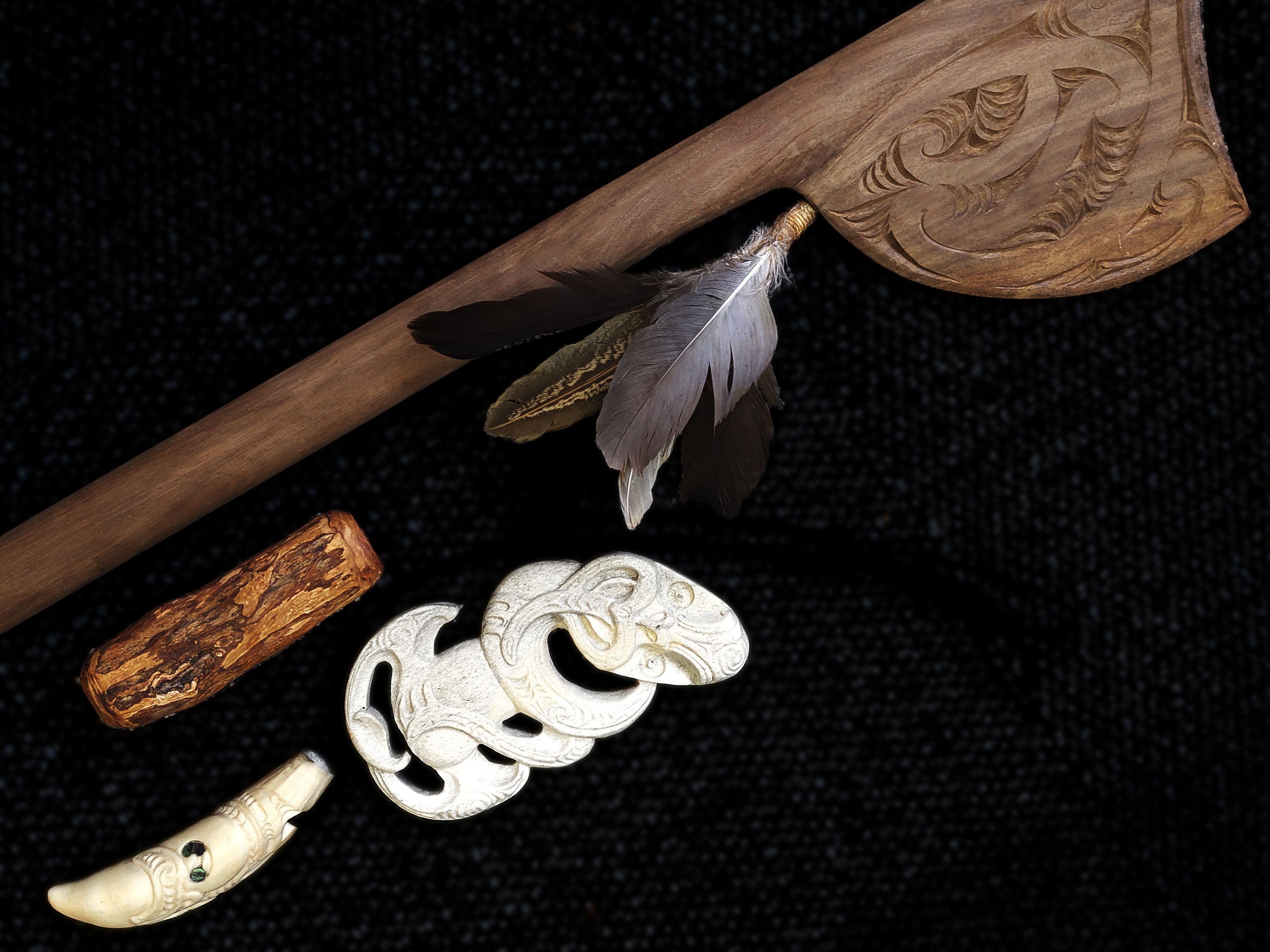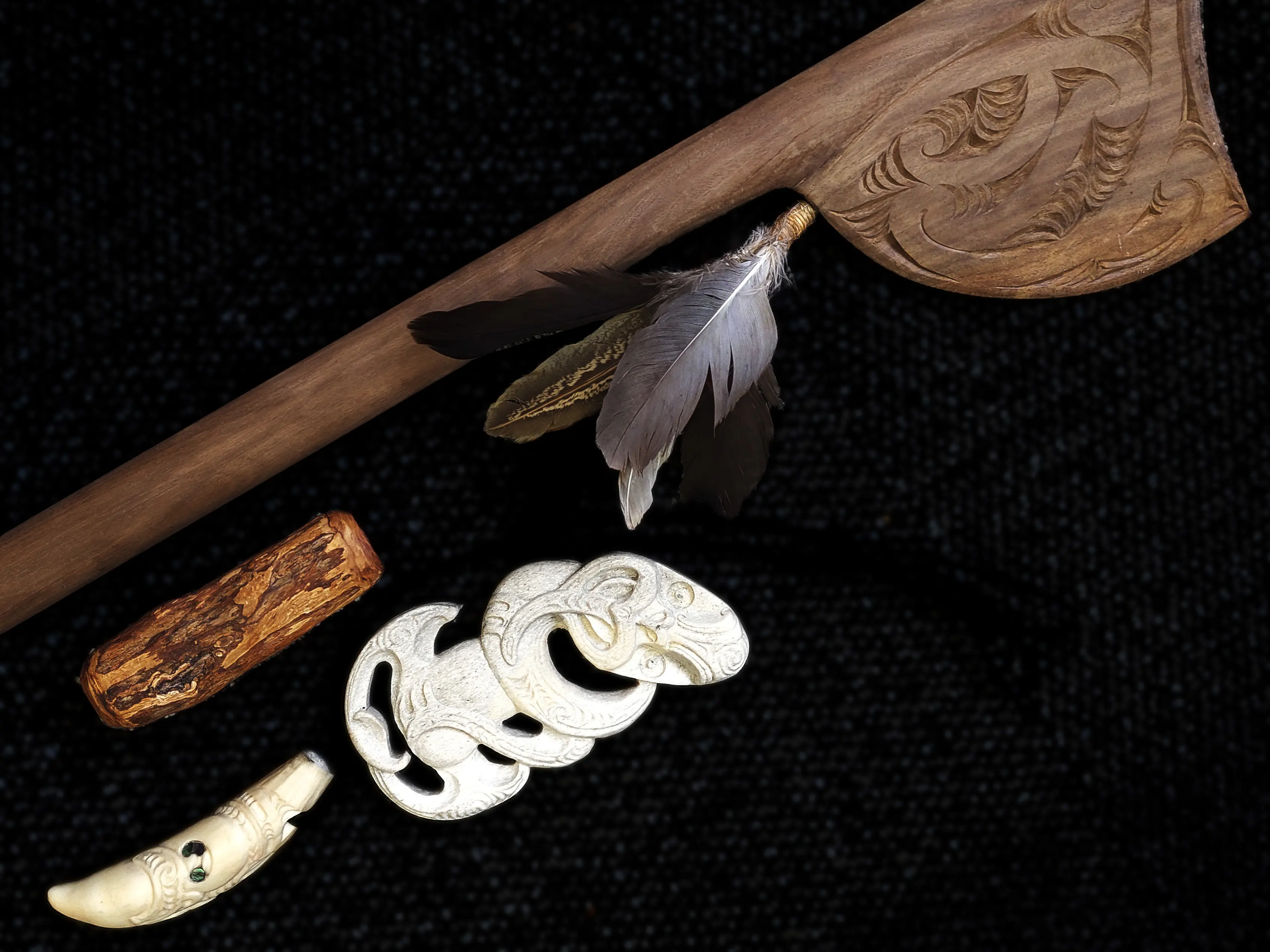“I was just trying to get out of jail. I ticked the box.”
Kaitaa didn’t get recovery the first time. He left Higher Ground early, reoffended, and ended up back in court. But something shifted. “I didn’t give it everything at first. But I came back. That was the shift.”
His second time at Higher Ground, he arrived compliant but cautious. “Knowing again, if I'd done anything wrong, if I get discharged from there, I'm going back to prison. I didn't want to go back.” Early on, he nearly walked out. “It was like, nah man, it’s easier if I go back to jail.” But something kept him there. “I listened. I let people see me.”
Family group was tough. “My partner read out an impact letter . . . I had no idea how my addiction had impacted her.” He was overwhelmed, tunnel-visioned, unable to speak. “I broke down for the first time in front of all these people.” What came next was harder.
“I had to do a response letter. I went deeper . . . into the violence . . . took full responsibility. That was a turning point for me.”
In wānanga (cultural groups and marae stays), Kaitaa started reconnecting to culture and self. “I guess my recovery with Higher Ground . . . allowed me to tap into this stuff.” He spoke about surrender, about laying down weapons. “Being able to have the courage to be courageous, to do the opposite of what I've always done.”
Kaitaa’s journey through Higher Ground was represented by his taonga.
“So, I’ve got some feathers here . . . Kahu Pōkere, Kārearea, kukupa . . . It’s a gift of knowledge, acknowledgment to the past, present, and future.”
Early in the programme, Kaitaa began carrying a kōauau carved from his father’s whenua in Poutō. “It is a voice of my recovery and who I am,” he said. “It keeps me accountable to my now and to whānau that are not here . . . and those who are.” The act of carrying taonga was daily, physical, and real. These items travelled with him into noho wānanga, into pōwhiri, into moments of doubt.

One of Kaitaa’s most significant taonga is a carved rākau named Uepoto. “He’s still a work in progress,” he explained. “But I’ve taken him all the way to the Cape, down to Wellington. He reminds me where I’ve come from and where I’m going.” The rakau became a spiritual guide, a mauri-bearer. “It’s for navigation. For guidance.”
Graduating the programme wasn’t the end. “Basically haven't left the programme,” he said, now working in recovery, mentoring others.
“Helping others keeps me accountable. That's what fills my kete now.”
He also studies. “I'm going into a lot of wānanga spaces where I'm just educating myself . . . to remain a supportive person to my loved ones. . . Today I am able to embrace negativity in life. I'm able to take on feedback as opposed to telling the world get stuffed or just running away and hiding and taking it out on someone else. Today I have a relationship with myself . . . and also elders as well, especially my immediate family, but also my community. And it was never about my community before coming into this . . . recovery gig. Yeah, it was never about them.” His connection to land and sea keeps him steady. “I dive, I fish, I connect with the creatures . . . I’m in it, I’m on it, I’m with it.”
Recovery for Kaitaa is ongoing, he says
“I’m still a work in progress . . . I’ve got tools. I’ve got people. I’ve got my taonga. That’s what keeps me aligned.”

